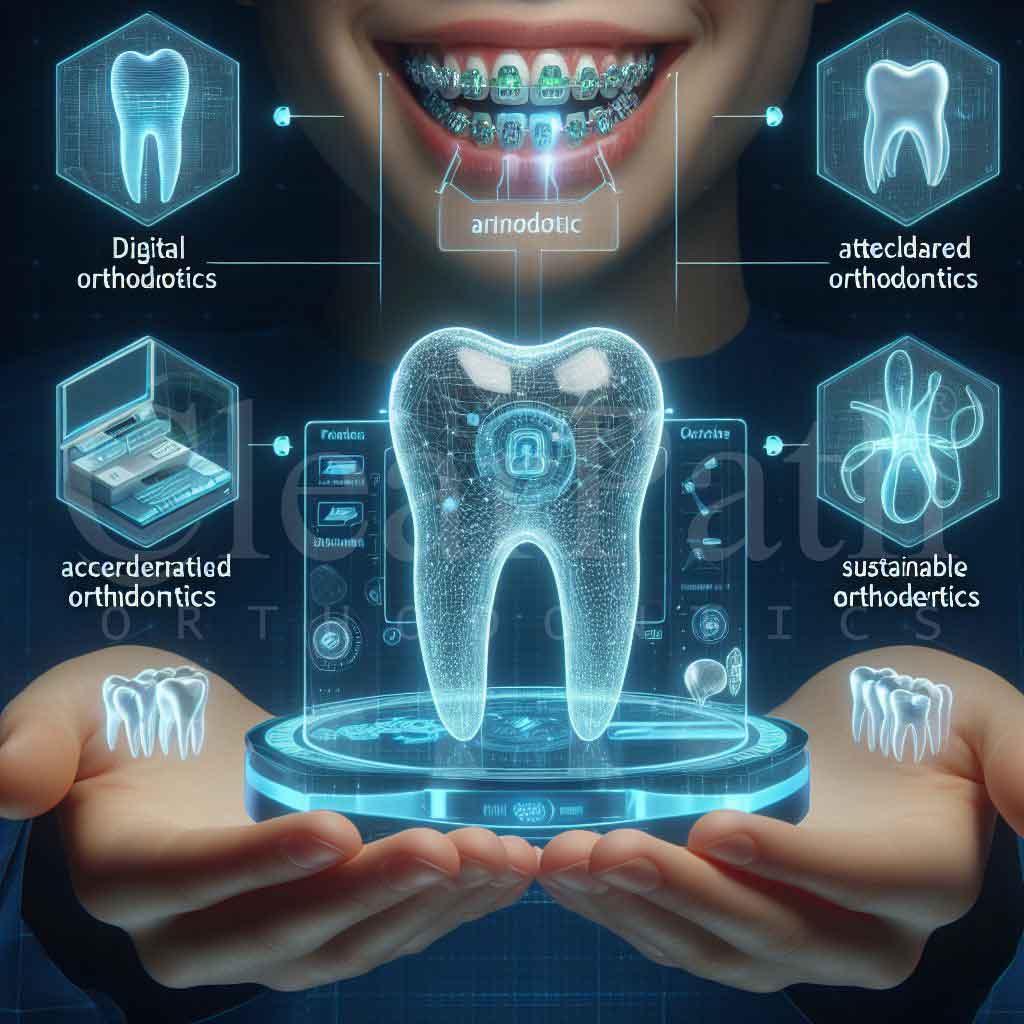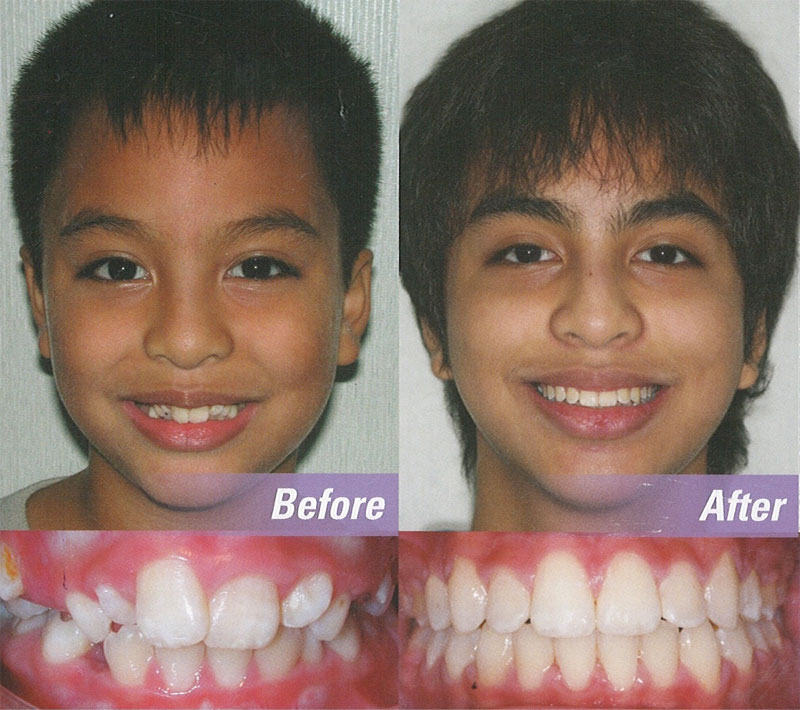Every Little Thing You Required to Know Regarding Braces, Aligners, and Retainers
Orthodontic treatments such as aligners, retainers, and dental braces play a vital function in accomplishing a straighter and healthier smile. Each of these orthodontic appliances offers a particular function in correcting oral imbalances and bite issues. From traditional dental braces to contemporary aligners, there are various choices available to satisfy specific requirements and preferences. Recognizing the differences, benefits, and upkeep demands of these orthodontic devices is vital for anybody considering boosting their dental alignment. The trip to a completely aligned smile includes even more than just aesthetic appeal; it impacts general oral wellness and well-being.
Sorts Of Orthodontic Treatments
Orthodontic therapies incorporate various techniques focused on fixing and straightening teeth for improved dental wellness and appearances. The most typical sort of orthodontic treatment is standard dental braces, containing metal braces bonded to the teeth and connected by cables. These dental braces progressively shift teeth into the preferred placement through routine changes by an orthodontist.
Another popular choice is ceramic dental braces, which are less recognizable than steel braces due to their clear or tooth-colored brackets. Lingual braces are connected to the back of the teeth, making them basically undetectable from the outside. For those seeking a more discreet choice, clear aligners like Invisalign supply a detachable and clear choice to standard dental braces.

Pros and Cons of Braces
When taking into consideration orthodontic therapy choices, it is essential to consider the benefits and downsides of dental braces. One of the primary benefits of dental braces is their integrity in providing accurate and predictable results over a specified treatment duration.
Another visual factor to consider is the exposure of typical metal dental braces, which might impact the user's self-confidence during therapy. Regardless of these drawbacks, the tried and tested effectiveness of braces in accomplishing optimum dental positioning often exceeds the disadvantages for numerous individuals.
Advantages of Aligners
A significantly popular alternative to standard braces, aligners supply various benefits in orthodontic therapy. One of the essential benefits of aligners is their almost undetectable look, making them a very discreet option for people looking for to straighten their teeth without drawing interest to their orthodontic treatment. Aligners are additionally removable, permitting patients to conveniently comb and floss their teeth, causing far better dental hygiene during therapy compared to standard dental braces. This function also implies that there are no food restrictions, providing more freedom in dietary choices.
Furthermore, aligners typically need fewer sees to the orthodontist for changes, as contrasted to braces, which can be a convenient factor for individuals with hectic schedules. The treatment procedure with aligners is often a lot more comfortable, as there are no steel braces or cords that might create irritability to the mouth. Furthermore, aligners can typically achieve cause a much shorter timespan than conventional braces, depending upon the intricacy of the orthodontic issues being attended to.

Relevance of Retainers
The relevance of retainers in preserving orthodontic therapy end results can not be overstated. Retainers play link a critical function in protecting the outcomes accomplished through aligners or braces. After the preliminary stage of orthodontic treatment, where dental braces or aligners are made use of to straighten teeth have a peek at this website and correct bite concerns, retainers are vital for avoiding the teeth from shifting back to their initial position.
Retainers aid to support the teeth in their brand-new lined up position, enabling the supporting structures in the mouth to adjust to the changes. Without correct retainer wear, there is a risk of regression, where the teeth gradually return towards their pre-treatment positioning. This can reverse all the development made throughout the orthodontic treatment, bring about the demand for added intervention.
It is suggested to wear retainers as guided by your orthodontist to maintain the results of your therapy in the long term. Commonly, retainers are at first put on full-time and after that transitioned to nighttime wear once the orthodontist determines it is suitable. Regular retainer use is crucial to ensuring an enduring, attractive smile.
Upkeep Tips for Orthodontic Equipments
When wearing dental braces, it is critical to keep great oral hygiene by cleaning after every dish and flossing everyday to avoid plaque buildup. Avoiding hard, sticky foods can additionally stop damage to the braces.

Conclusion
To conclude, orthodontic therapies such as dental braces, aligners, and retainers play a critical duty in fixing dental concerns and enhancing overall dental health. Each therapy choice has its very own advantages and disadvantages, and it is very important to adhere to appropriate upkeep ideas to ensure the performance of the devices. Whether it is braces for more serious instances or aligners for a much more very discreet option, seeking advice from a dental expert will certainly assist figure out the most effective therapy prepare for individual needs.
Orthodontic treatments such as aligners, retainers, and dental braces play an essential function in attaining a straighter and healthier smile.One more preferred alternative is ceramic braces, which are less recognizable than metal braces due to their clear or tooth-colored braces.In some cases, after dental braces or aligner therapy, retainers are needed to keep the newly aligned position of the teeth. After the preliminary phase of orthodontic treatment, where aligners or braces are utilized to align teeth and right bite concerns, retainers are essential for stopping the teeth from changing back to their initial placement.
In conclusion, orthodontic treatments such as braces, aligners, and retainers play an important duty in dealing with oral issues and click here to find out more improving overall oral health. - orthodontics